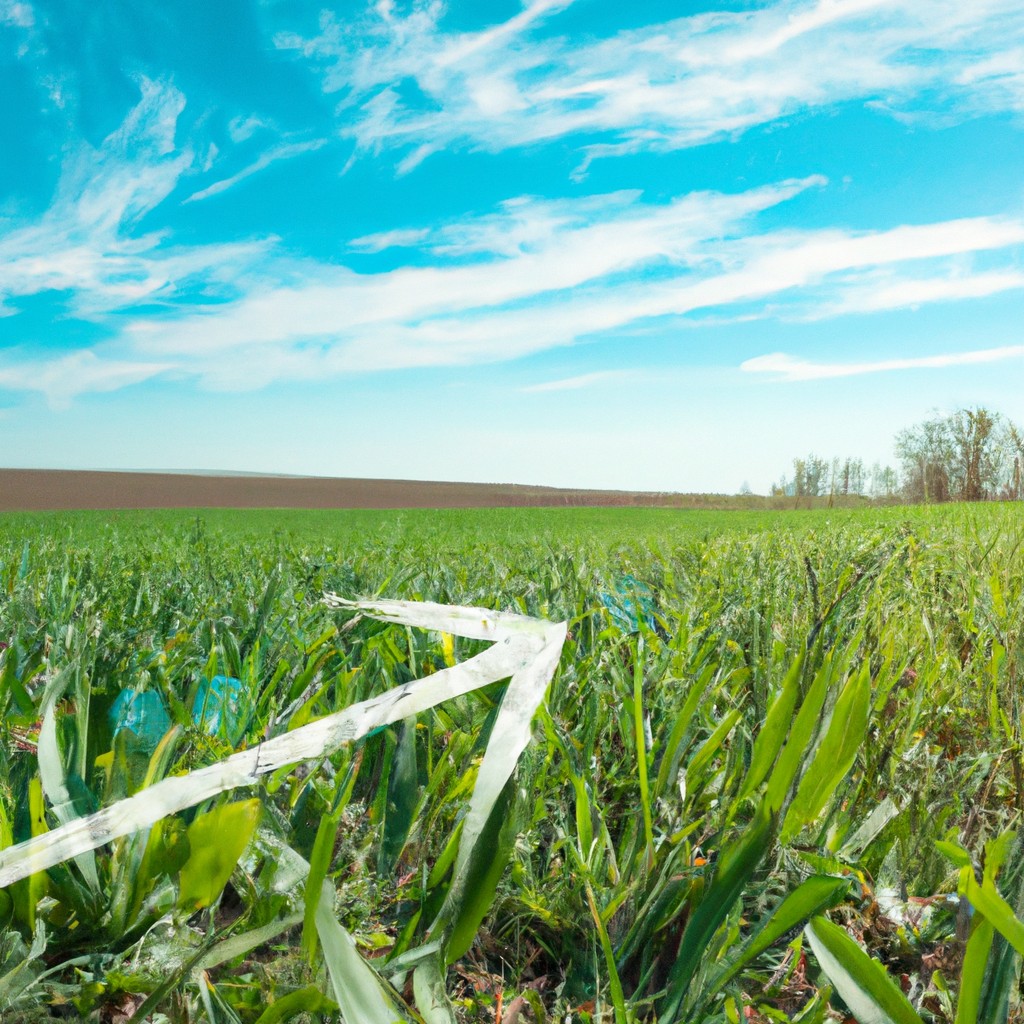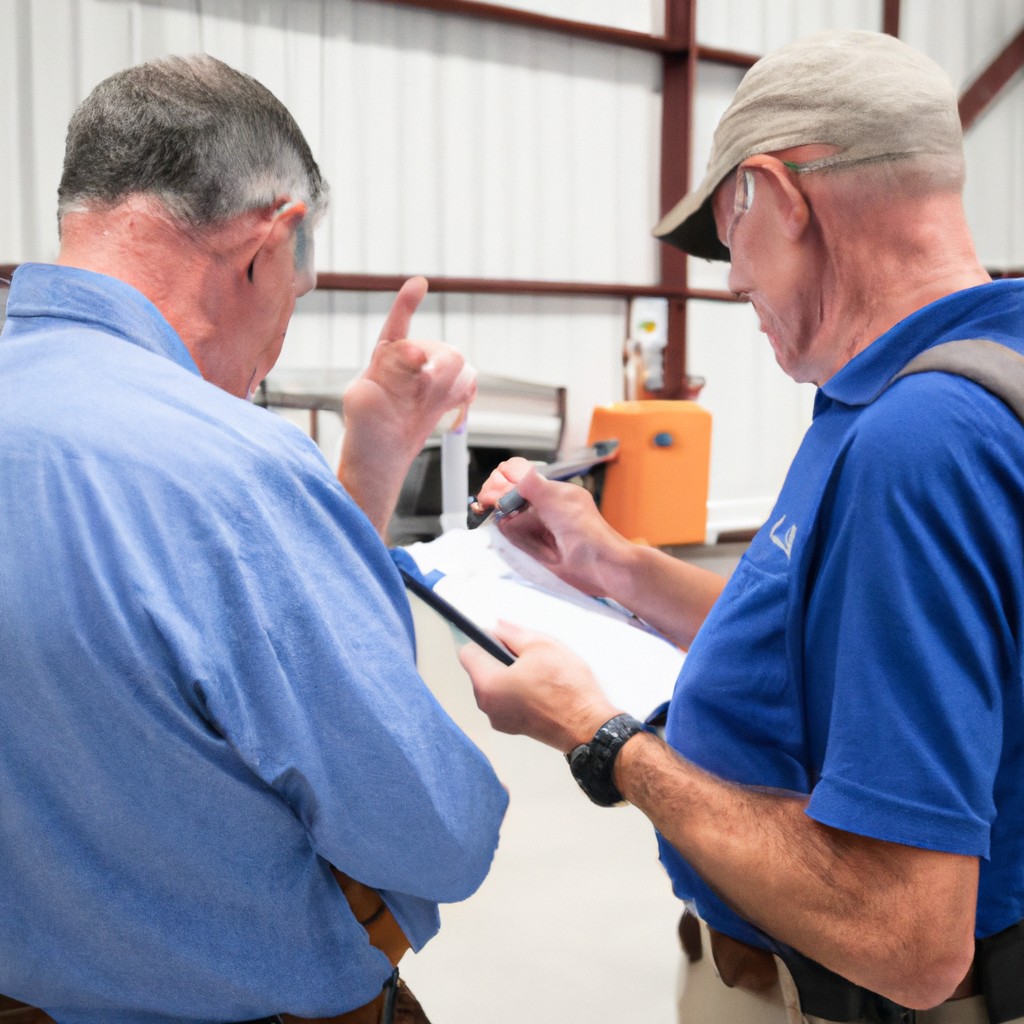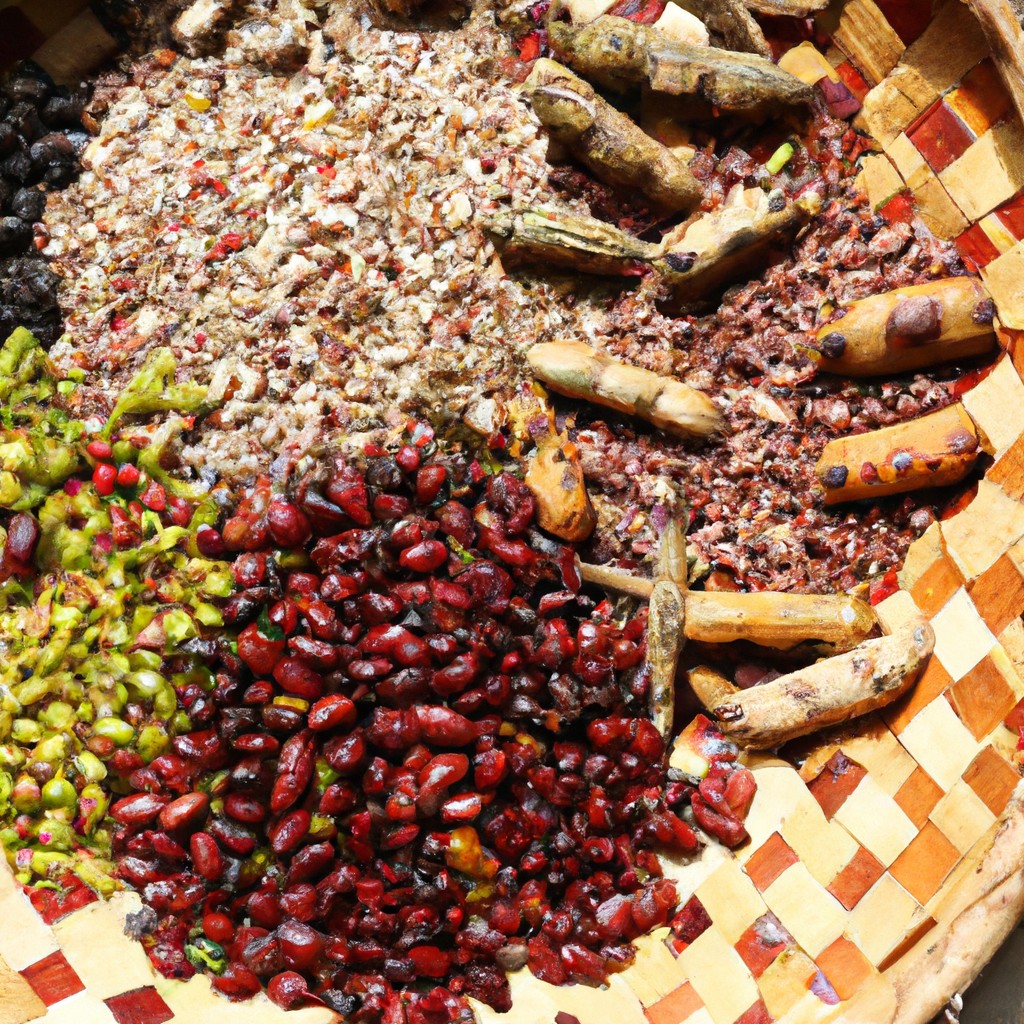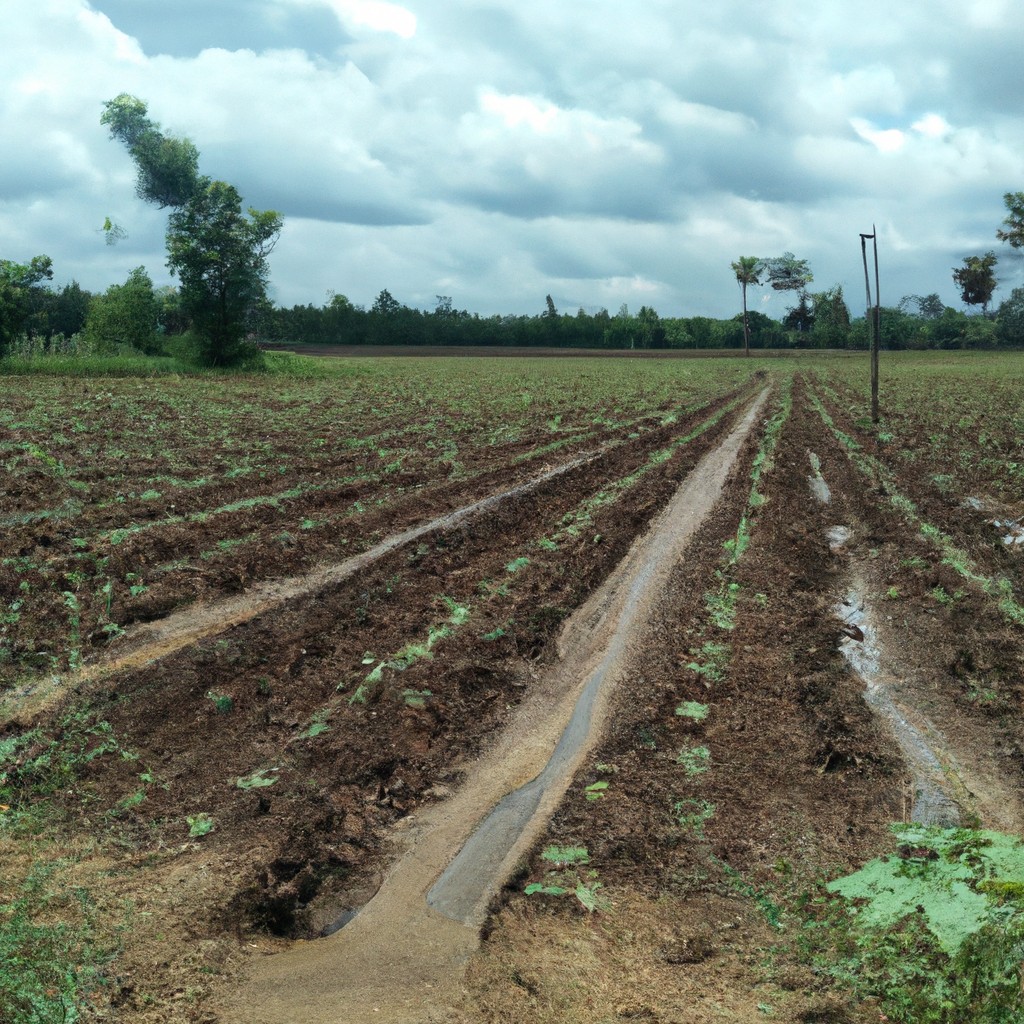This article explains how terraced farming transforms hilly landscapes into productive stairways for sustainable agriculture.
Look Inside:
Ancient History and Origins
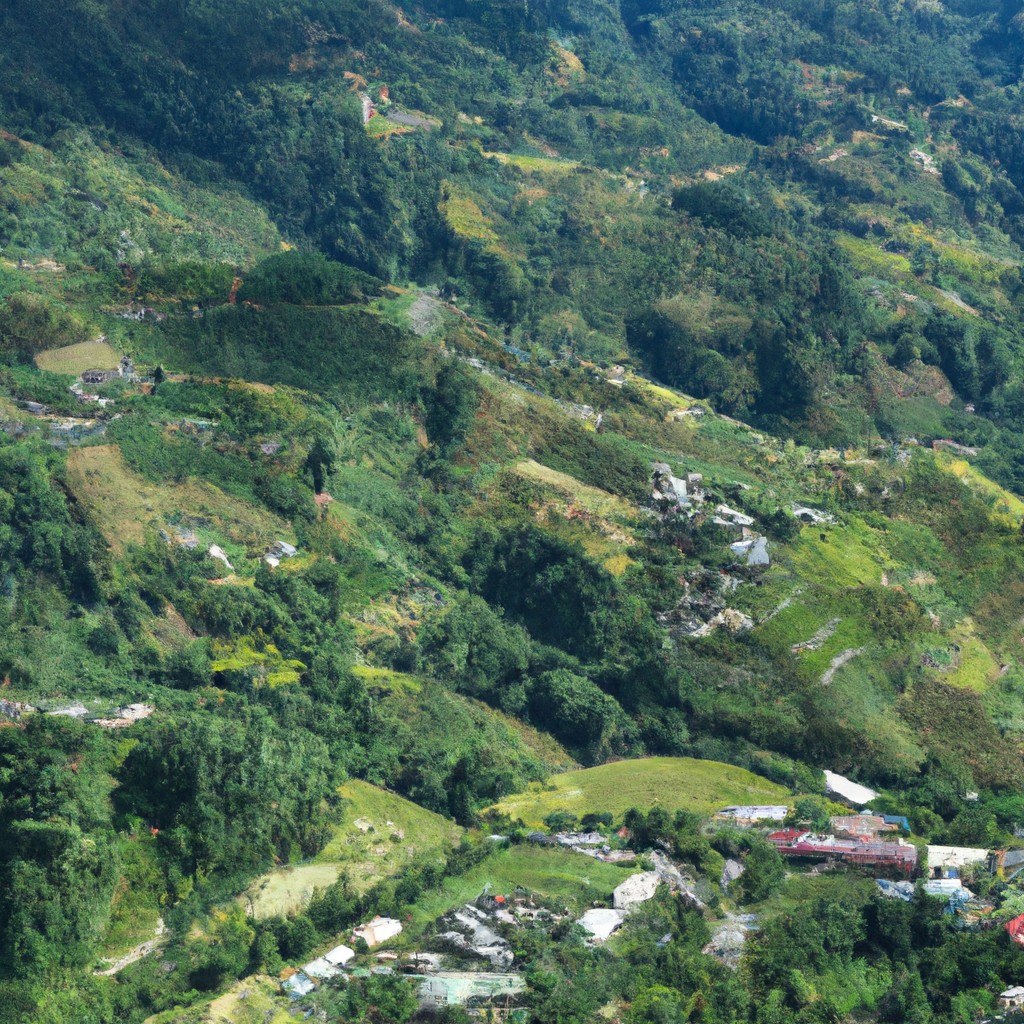
Terraced farming is older than your great-great-great-grandpa’s secret pickle recipe. Here’s the scoop on its origins:
Unearthed from the annals of history, this practice first emerged in the Neolithic era, around 6,000 years ago. People were busy inventing the wheel, but someone decided it would be a good idea to move mountains. Well, small parts of them, at least.
Civilizations such as the Incas, Chinese, and Southeast Asians adopted terracing to tackle hilly terrains. Flat land was a luxury, like finding the last remaining donut on a Monday. Terraces made farming possible in these lofty locations.
In the Andes, Peruvians built steps on mountain sides, creating room for nutritious quinoa and potatoes. Talk about a superfood staircase!
Not to be outdone, the Chinese crafted terraces across the Longji Rice Terraces over a couple thousand years. That’s one way to solve a problem, slowly but surely.
This innovative approach wasn’t just about practicality. It reflected a connection—nay, a deep friendship—with the land. Humanity learned to shape the earth while being shaped by it.
Common Types of Terraces
There are several fascinating types of terraces, each with its own flair. Imagine your hillside deck but with crops. First up, bench terraces are the fancy kind—level strips like stair steps, perfect for reducing runoff. They’re the runway models of the terraced world.
Next, we have contour terraces that hug the natural curves of the land. They’re the romantic ones, always going with the flow, ideal for gentle slopes.
Then there are the riser terraces—steep and dramatic, like nature’s roller coasters. They’re practical in places where space is as tight as your skinny jeans after the holidays.
And don’t forget about reverse slopes. They’re like the introverts of the terrace family, designed to direct water away from the slope, playing it cool even during downpours.
Each type caters to different landscapes and farmer needs, showing that in nature, variety truly is the spice of life.
Benefits and Purpose
Terraced farming—a masterclass in agriculture, where mountain goats become farmhands. It’s no secret that when life gives you lemons, make a staircase to cultivate them! The quirky step-like fields meticulously carved into hillsides aren’t just for aesthetic pleasure. They’re the unsung heroes preventing soil erosion by reducing surface runoff. It’s like putting a speed limit on rainwater rushing down a hill.
These terraced platforms also act as a rainwater saving system, allowing moisture to seep into the soil—a hydration spa for plants. The gradual layers provide ideal conditions for different crops, allowing farmers to grow everything from rice to potatoes, like a real-life menu on a hill. And if you’ve ever wanted a workout with a view, tending these lands provides one that’s rivaled only by personal trainers with a penchant for scenic landscapes.
By transforming challenging terrain into productive farmland, terracing increases arable land area and boosts food security. A win-win for humans and mountain goats alike!
Soil Conservation and Erosion Control
In this ancient battle against the forces of erosion, terraced farming emerges as nature’s unlikely superhero. These clever horizontal steps work wonders for soil stability, stopping erosion in its tracks like a stubborn traffic cone on a speedway.
Imagine raindrops as party crashers trying to ruin your carefully planned garden party. Terraces say, “Not so fast!” by slowing down water, letting it politely mingle with the soil instead of causing a muddy stampede.
When soil isn’t washing away, nutrients stay put—it’s like having your cake and eating it too. Plants feast on rich nutrients, and farmers enjoy bountiful harvests. Plus, fewer landslides mean less drama for everyone. Terra-fic, right?
Crops Grown
Imagine terraced farms as culinary stages where only the finest crops get to play. In the highlands, rice often takes center stage, a diva well-suited for watery applause. But it’s not a one-crop show; other performers like corn, potatoes, and tea also bask in the terraced spotlight. The soil conditions and altitude dictate a rotating roster of legumes, vegetables, and grains, keeping the audience well-fed and entertained. Diversity not only dazzles the senses but keeps soil nutrients on their toes, ensuring every layer contributes to the encore of harvest.
